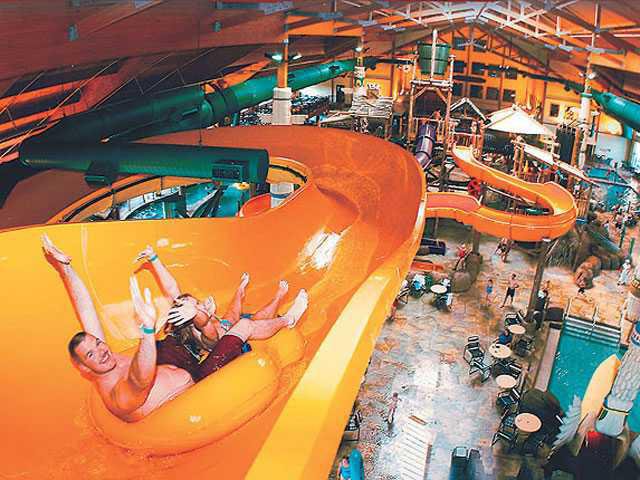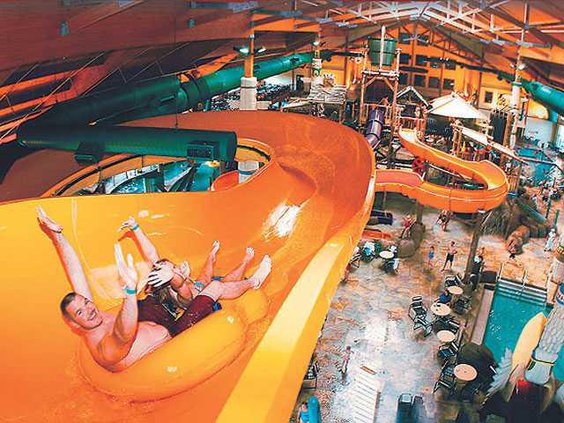There was a time when Manteca’s leaders dreamed of landing employers in the same genre of PeopleSoft, AT&T and LSI Logic to power the city’s economic engine.
Combined with distribution and trucking the goal was to provide a solid job and tax base.
The closest Manteca got to securing a big name high tech company was when Hewlett Packard operated a distribution facility for its cartridge printer refills for a short time – and that was in Lathrop.
There was at one point 900 high tech jobs in the Manteca Industrial Park. The prize jobs were at Uniphase – the first developers of the laser scanners used in retail. But those 90 jobs disappeared years ago. The rest were all concentrated in one facility that started out as Indy Electronics, then turned into Alphatec, and then morphed into TurnKey Solutions. As high tech jobs went these were on the low-tech side with most barely being above minimum wage. Most of the jobs were filled by Stockton residents until they disappeared about 10 years ago, a victim of outscoring to Southeast Asia and then Mexico. The complex – ravaged by copper thieves in the ensuing years to the tune of $1.5 million – is now being repaired in a bid to secure tenants.
Trucking and distribution, though have continued to grow and thrive as more companies take advantage of Manteca, Lathrop, and Tracy being at the epicenter of the third latest consumer market in the United States with 17 million people within 100 miles. Within a 40-minute drive, there is a combined 1.1 million population in Modesto, Stockton, Tracy and neighboring communities.
It literally became a whole new ball game almost six years ago. the Big League Dreams sports complex had just opened and Bass Pro Shops was well under construction. Within a year, Bass Pro would start attracting 2.5 million visitors annually and BLD would start building an annual paid gate of 450,000 attending tournaments conducted every weekend of the year.
After seeing the impacts of regional recreation on jobs and the tax base, Manteca started pursuing in earnest its T-n-T strategy — trucking and tourism. It is what has brought Manteca to the cusp of landing a 400-room Great Wolf Resort with a 70,000-square-foot indoor water park plus a conference center.
City Manager Karen McLaughlin noted that BLD officials have said the Manteca location “is the mother ship” of their 10 locations that include Las Vegas in terms of success and attendance. They attribute it partially to Manteca’s climate and fast draining soil that makes year-round play realistic even during the rainy season. But more important BLD is sold on Manteca’s location of being equal distance from San Jose, San Francisco, and Sacramento making it ideal for regional tournaments.
The location even works to its advantage for midweek league play. At one time Hewlett-Packard teams played in the BLD leagues as Manteca was midway between their two major Northern California job centers — the Silicon Valley and Roseville in the Sacramento region.
Economic studies show that family-style recreation spending such as for competitive recreation sports leagues actually increased during The Great Recession. Also Manteca is positioned to lure such spending from one of the wealthiest regions in the country — the Bay Area — as well as to capitalize on international and national tourism connected with Yosemite National Park that start their trips in San Francisco.
• • •
Goal is to make Manteca a destination
McLaughlin noted that Bay Area families have a higher level of discretionary spending that has attracted the attention of McWhinney Development Co. that wants to build a Great Wolf Resort in Manteca. Bay Area clientele was responsible for keeping Sierras ski resorts above water during the recession.
“Our strategy is to make Manteca a destination,” McLaughlin said.
Become the regional playground as well as that for Bay Area families brings in additional sales and room taxes as well as dumping money into the local economy via stores, other venues, restaurants, and gas stations. That playground mixture includes extensive soccer fields for regional tournaments including the lighted fields at the 52-acre Woodward Park plus what is considered the top BMX track in the north state.
The benefits of such a strategy are significant.
Distribution has minimum impact on services such as water and sewer and doesn’t require a lot of police and fire protection. It provides fairly decent wages. The only drawback is increased truck traffic on select city streets.
Great Wolf — based on conservative figures from existing resorts — offers the promise of a $9.4 million annual payroll supporting 414 permanent jobs and 156 part-time jobs. The resort is expected to generate as much as $4 million a year in motel room taxes. That would send Manteca’s room tax receipts up by 11 times. It also represents 25 percent of the city’s annual general fund operating budget that pays for public safety, parks, streets, and other municipal services.
• • •
Yosemite Welcome Center in Manteca
Details are being finalized to locate the Yosemite National Park Welcome Center in Manteca. The Promenade Shops at Orchard Valley along with the Manteca Visitors Center, Yosemite National Park, and the City of Manteca are working to develop a facility in the shopping complex anchored by Bass Pro Shops at the 120 Bypass and Union Road.
It is part of the Yosemite National Park improvement plan to reduce vehicle traffic in Yosemite. Tourists would leave their vehicles in Manteca and take buses to and from Yosemite National Park.
Manteca was selected due to its central location, one-of-a-kind site with Bass Pro and plenty of parking on top of three major freeways, plus the fact the largest number of foreign tourists and national tourists to Yosemite go through San Francisco.
• • •
Family entertainment zone in the works
Manteca is also working to develop a family entertainment zone directly across from the proposed Great Wolf Resort and next door to the 30-acre Big League Dreams sports complex that’s complete with six Major League Replica baseball fields, an indoor soccer arena and two restaurants.
The overall 141-acre family entertainment zone conceptual plan includes:
• a destination restaurant.
• a new west entry to the BLD complex.
• an indoor all-seasons sports and expo center with four basketball courts that would allow alternative use for volleyball, cheer competitions, badminton, gymnastics, wrestling or exhibit space.
• an outdoor soccer/concert stadium, with 500 fixed seats and space for expansion.
• fields for soccer, football, lacrosse, rugby, and field hockey.
• additional baseball and softball fields for youth play.
• a retail food and beverage zone.
• an immersive outdoor retailer.
• an outdoor amphitheatre with stadium-style seating for competitions and performances.
• ESPN-style microbrewery.
• manmade lake with boardwalk with kayaks, canoes paddle board and paddle boat rentals.
• beach volleyball.
• destination playground.
• outdoor performance space including a band shell stage or gazebo with lakeside seating for 500.
• party pavilions and party boats.
• a family entertainment zone including go karts, Lazertag, ball crawl, arcade, mini-golf, black-light bowling, and refreshments.
• an adventure zone with zip lines, rope course, rock climbing wall, whitewater course primarily for rafts and kayaks, stunt BMX race course and hard surface skate park for competitions complete with spectator bleachers, and a FlowRider (a device that generates waves you can surf).
There would also be RV and bus parking complete with a bus terminal. The complex also would involve the placement of a tour center to direct people to tours in the Delta, Yosemite area, wineries and agricultural attractions.
• • •
Impact of Yosemite tourism spending
A California tourism study shows that the typical foreign tourist visiting Yosemite is from Asia and spends an average of $5,000 per person while they are here.
The final draft plan by the National Park Service Planning Department calls for keeping the number of valley visitors at its current 19,900 a day, while adding shuttle buses to reduce traffic and altering some roadways to reduce congestion that can be as bad in the summer as cities see during rush hour.
More than 4 million people visit each year, and most go to the 8-square-mile valley.
T-n-T powers Manteca growth
High tech strategy fizzled after peaking at 900 jobs





